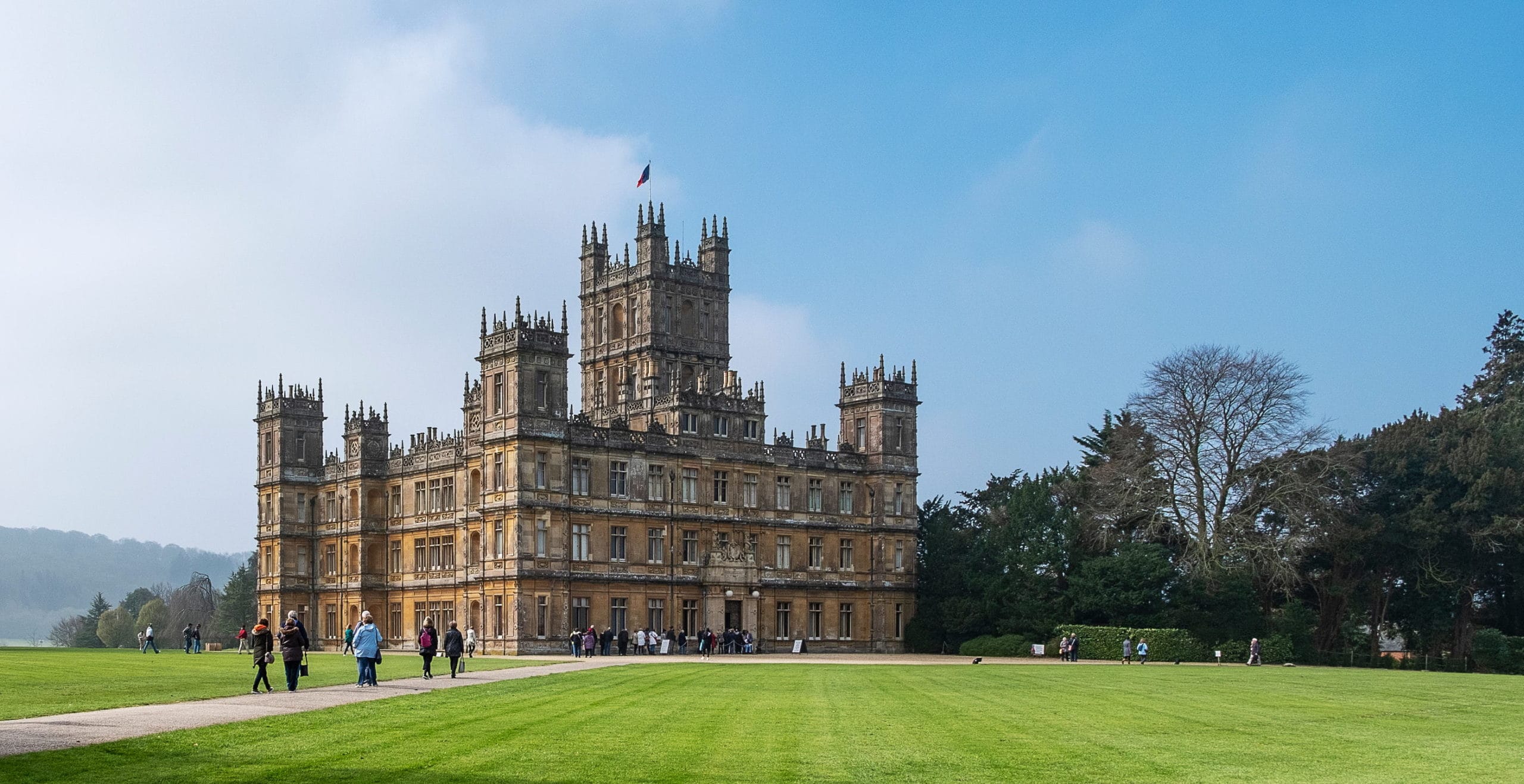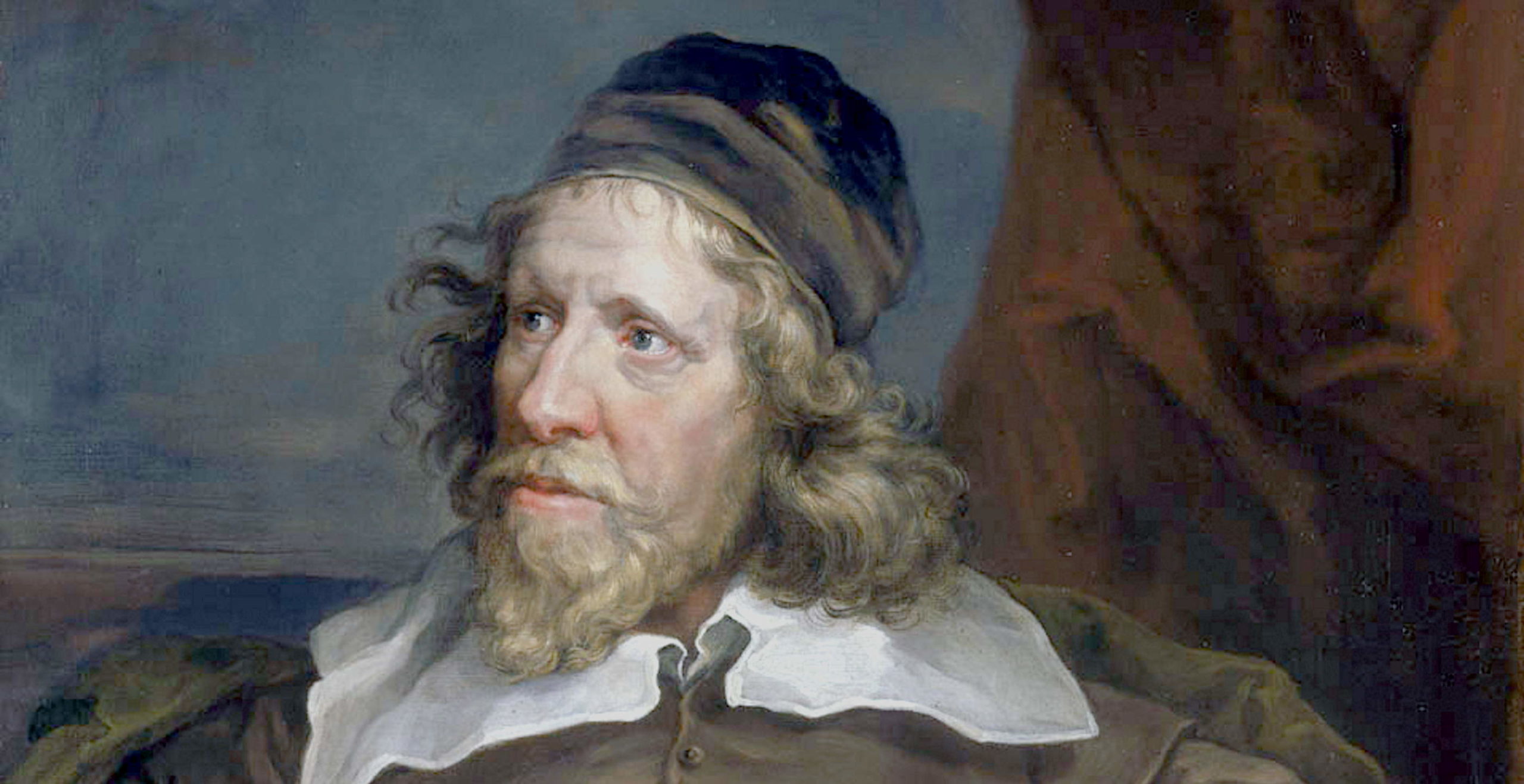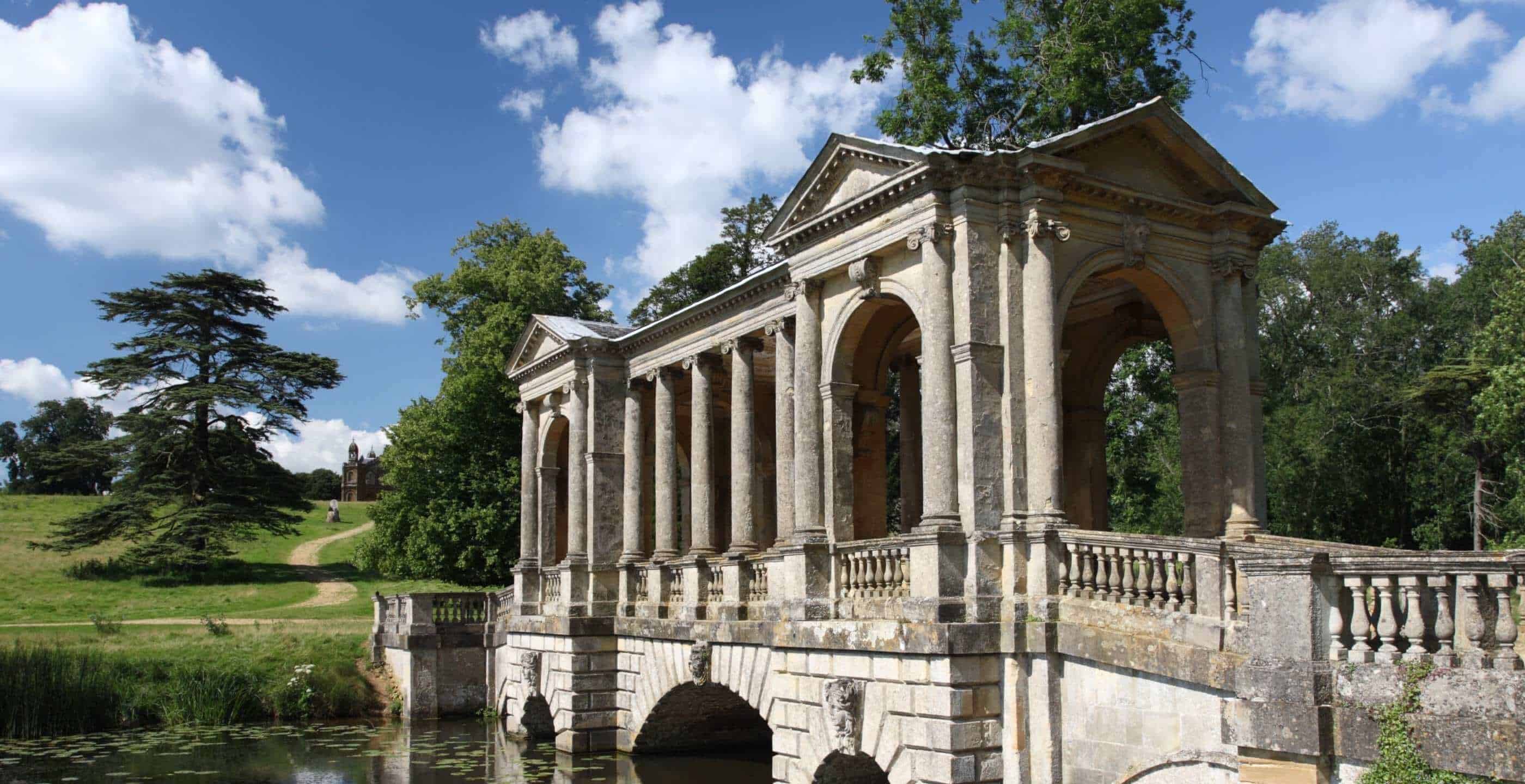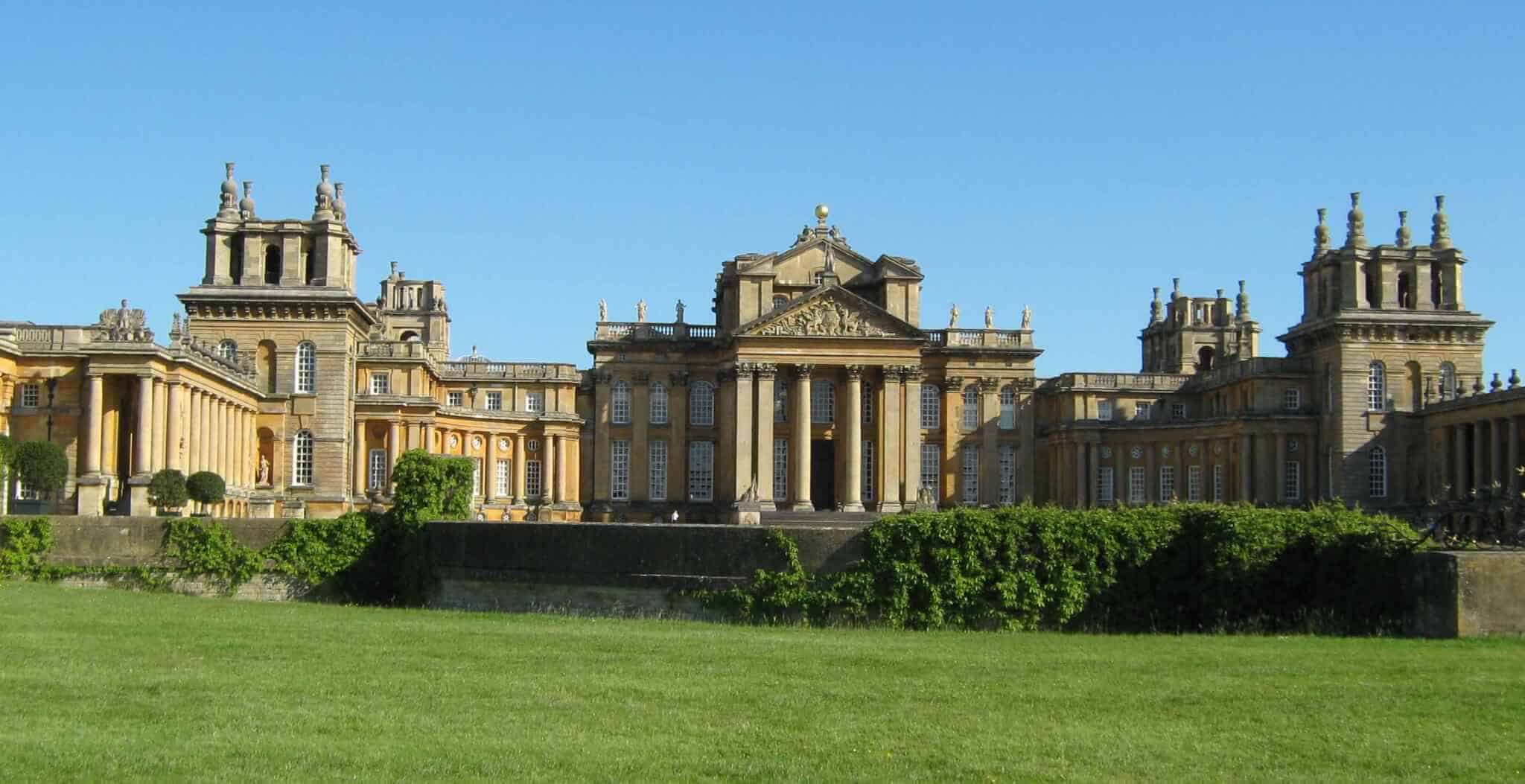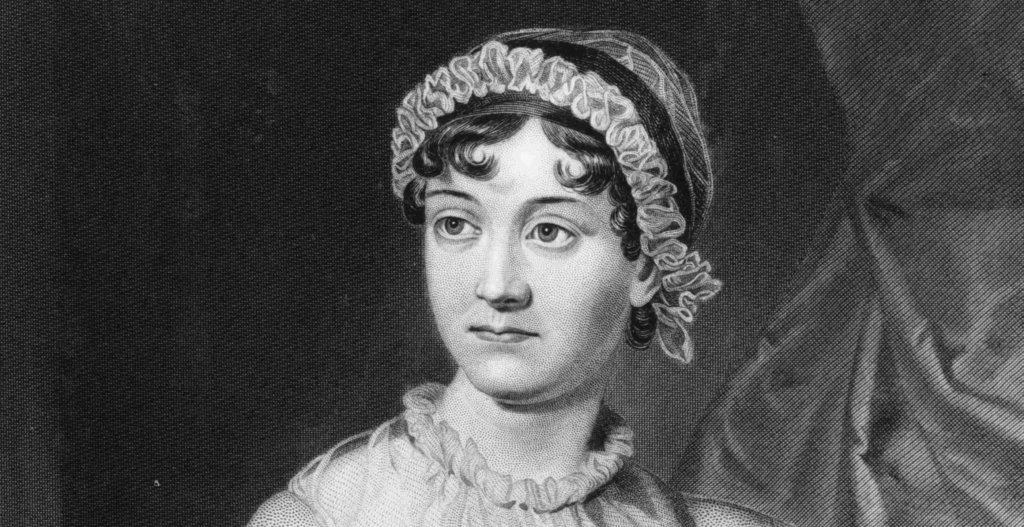“It was a large, handsome, stone building, standing well on rising ground, and backed by a ridge of high woody hills; — and in front, a stream of some natural importance was swelled into greater, but without any artificial appearance. Its banks were neither formal, nor falsely adorned. Elizabeth was delighted.”
These words, taken from Jane Austen’s beloved novel, “Pride and Prejudice”, offer a glimpse into another world; one of luxury, social status and the grandeur of a country home. As Elizabeth viewed Pemberley with awe and admiration, so too have many visitors of stately homes across the country.
Today, many country homes have been transformed into sites of historical importance, visitor attractions and even venues for celebratory events.
The history of the English stately home offers a fascinating insight into the social interactions and conventions which played out in some of the grandest mansions across the country. These imposing estates would have played host to a number of historically significant events, celebrations, parties and gatherings, turning them into social hubs.
The English country house dates back to the times of Tudor England, with large homes belonging to feudal lords being the first of their type to be built without fortifications.
The relative social stability of the time, combined with the impact of Henry VIII’s Dissolution of the Monasteries Act produced a notable upsurge in the creation of a number of country houses.
Many of these would have been properties formerly functioning as monasteries and other buildings of ecclesiastical status. Henry VIII’s stance resulted in many members of nobility, often favourites in the king’s court, being granted private homes in vast rural estates.
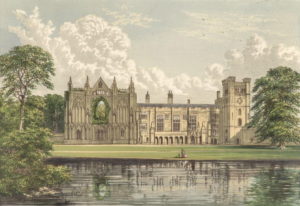
Some of these include Newstead Abbey which was granted to Sir John Byron of Colwick on 26th May 1540, allowing for its conversion into a country home. It would then stay in the Byron family for many generations, in which time several additions and alterations were made.
Following the conversion of religious buildings, the expansion of English country homes came in the reign of Elizabeth I with the advent of the prodigy house. These were essentially architect-designed homes intended to display the wealth of the family with great opulence and luxury. These lavish homes were constructed and commissioned, with architects seeking to make their mark with impressive design features.
The grand designs were constructed to accommodate all the luxuries one would have associated with royalty, perhaps expecting Elizabeth I to visit on one of her annual trips.
An example of the prodigy home built at this time, is Longleat House which has now been transformed into an impressive safari park.
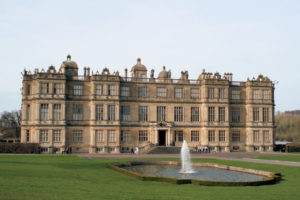
One of the most famous architects involved in the design and construction of great country homes was Inigo Jones, who introduced a Palladian style of architecture to England, inspired by his travels in Renaissance Italy.
In the reign of Charles I, Jones’s style had revolutionised English architecture and quickly became a dominant feature on the landscape. Following the Palladian style, other types of architecture were also embraced, including baroque and later neoclassicism.
An important proponent of the baroque style was the famous Sir John Vanbrugh who was responsible for designing Castle Howard, Seaton Delaval Hall, Kings Weston House and Blenheim Palace. His designs became legendary and cemented a style all of its own, known as English baroque.
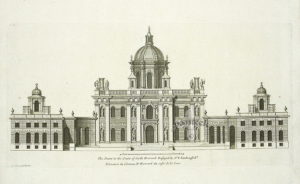
Whilst the wealthy created these homes with a great deal of extravagance and grandeur in mind, the homes quickly became a much needed retreat, offering a moment of peace away from the hustle and bustle of the London home.
By the eighteenth and nineteenth centuries, the wealthy families would leave London and escape to their country bolthole in pursuit of a calmer lifestyle.
Amongst England’s upper classes, the country home provided a setting for relaxation, a place to hunt, fish and shoot, as well as to entertain and throw dinner parties.
The aristocracy’s country lifestyle often resulted in visiting other homes and estates, often through extended family and marriage connections, allowing families to travel in grand parties, with all the pomp and circumstance one would expect.
With such a penchant for sports, celebrations and general frivolity, the upkeep of such a house was extremely high. It thus became a necessity to have a great number of staff managing the everyday running of the house, taking care of every need and every whimsy of its employer.
The country home became a central focus of its local area and provided much needed employment during hard times when people lived in uncertainty and fear of hunger. With the requirement of such large numbers of staff, this easily became a competitive and highly sought-after ambition for local men and women who desired more security, their own accommodation and guaranteed food on their table.
The lucky ones taken on in these grand homes would have often had much higher standards of living compared with their peers.
By the late nineteenth century however, times were changing and the traditional ways of the higher echelons of society looked to be under threat from a number of different sources.
Firstly, the rise in taxation left homeowners with big financial burdens after decades of enjoying life with little tax to pay. This would have allowed them to employ ample staff at relatively small cost to them; with the rise in taxation, the purse strings of the elite were being tightened for the first time.
This problem was further compounded by the suffering endured by the agricultural depression and the industrial revolution. The financial strain thus began to increase as the maintenance of the estate in general needed to be measured against the potential income it was able to generate.
Moreover, political changes in the new century were going to have vast social ramifications on the gentry who had acquired vast political sway only to see it being slowly chipped away.
With power and income dwindling in the face of changes, many owners had to find another source of income. Some would find this in the trade and banking sector which proved risky, whilst others turned their attentions to wealthy heiresses across the pond who might be attracted by the prospect of an English title.
One such example includes the ninth Duke of Marlborough who needed to marry a rich American who could save his homes and most importantly the way of life to which he had become accustomed. Thus Consuelo Vanderbilt, a member of a prominent Dutch American family, became his wife.
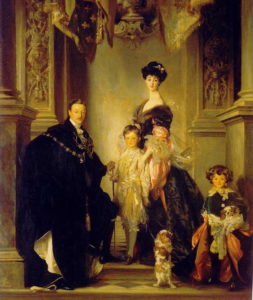 Charles, 9th Duke of Marlborough, with Consuelo, Duchess of Marlborough, and their sons John, the 10th Duke of Marlborough, and Lord Ivor Spencer-Churchill
Charles, 9th Duke of Marlborough, with Consuelo, Duchess of Marlborough, and their sons John, the 10th Duke of Marlborough, and Lord Ivor Spencer-Churchill
Arrangements such as these became commonplace during the Gilded Age in America, where rapid industrialisation, wage rises and economic growth led to an influx of people seeking to achieve the American Dream. For many, their money offered them a useful bargaining tool and the promise of an acquisition of status through the ranks of English nobility. On the other side of the Atlantic, it merely represented a desperate attempt to maintain the status quo without losing rank, prestige and standards of living.
Whilst the degradation of the country home accompanied the changing social situation of the nation, the ultimate impact was felt when the sad and horrific effects of World War One played out.
In many households, their young male staff members left to fight abroad, some sadly never returning. Others meanwhile left the big house in order to contribute to the war effort by working in munitions factories.
This changing workforce also resulted in increased rural to urban migration after the war reached its conclusion, with many seeking different types of jobs, with fixed hours, better wages and the promise of more home life.
Times were changing and the country house lifestyle simply did not suit these new conditions.
During the Second World War many of the country’s stately homes were requisitioned, to host everything from schools to military headquarters, from convalescent hospitals to war supply depots. For example, Chatsworth House became home to the girls of Penrhos College, their school having itself been requisitioned by the Ministry of Food. The Air Ministry requisitioned Hughenden Manor where one hundred people worked on the production of detailed maps for the Airforce.
At the end of the Second World War, requisitioned homes were often returned in a dilapidated state and owners were facing a bleak choice. Some had already sold off their assets in auctions and others were selling up completely. Since the turn of the century, it is believed around 1200 country homes were demolished in England alone, reflecting the end of an era for many.
Today, we are all more aware of the national and cultural value such structures have offered and for those that have survived such turbulent times, a change of direction and necessary adaptations has allowed some great homes to still be preserved and even thrive.
Jessica Brain is a freelance writer specialising in history. Based in Kent and a lover of all things historical.
Published: 19th August 2021
